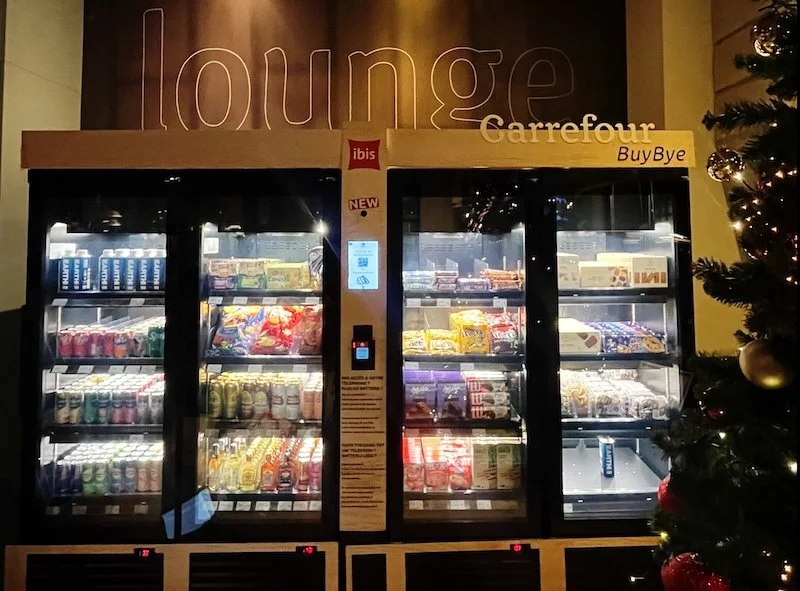PwC research flags boost for UK retailers with consumers set to spend £22.7 billion on festive gifts and celebrations
Spending on gifts and celebrations this Christmas is expected to reach £22.7 billion in the UK, marking a 5% increase from £21.6 billion last year, according to research from PwC.
Average spending per consumer is projected to rise from £416 to £433. These figures surpass the levels seen over the past two years and are comparable with the first post-pandemic festive season in 2021, when total spending hit £21.6 billion, with an average of £426 per person.
Younger consumers are leading the charge here, with 29% of 18-24-year-olds planning to splash out more than last year, followed closely by 25% of those aged 35-44. However, it’s the 45-54 age group that takes the top spot as the biggest spenders, with an estimated average of £463 per person.
The research highlights the reasons behind the rebound in Christmas spending after three challenging years. Financial pressures, which heavily influenced consumer behaviour in 2022 and 2023, have eased significantly in 2024.
Notably, the proportion of people citing "less money to spend" has dropped from 54% in 2022 to 37% in 2024, while those pointing to "negative personal finances" decreased from 57% to 32%, signalling improved confidence heading into the festive season.
A growing number of consumers who plan to spend less are attributing it to fewer gifts to buy (rising from 15% to 20%) and seeing fewer people (increasing from 11% to 16%).
This shift aligns with more households opting for a quieter Christmas at home with immediate family or going away on holiday - up from 27% in 2022 to 31% in 2024 - rather than celebrating with extended family, which has declined from 73% to 69%. This change naturally reduces the need for additional gifts etc.
The biggest festive winners are expected to include:
Supermarkets - food and drink is a top spending priority for most and particularly for those over 45. With food inflation falling below 2%, this suggests that consumers will be both buying more and trading up to premium and extra special products to treat themselves over the festive period.
Fashion - adult clothing is the third biggest spending priority for consumers, and the number one for under 25s. Following a challenging year, compounded by unseasonal weather suppressing sales, PwC’s latest research points to more consumers treating themselves to new wardrobes which may not have been refreshed for several seasons.
Electricals and technology - this category has jumped from ninth to fifth most important for consumers in 2024 (after food, Christmas dinner, fashion and stocking fillers), and is the top spending category for 35-44 year olds. This reflects a more exciting new product release pipeline in gaming and wearable technology, and follows a stronger performance over the Black Friday period.
There is also a growing trend of UK consumers starting their Christmas shopping earlier, with 48% saying they have already bought most of their presents before the beginning of December, compared to 43% last year.
This shift is driven by a desire to stay organised (38%) and spread the cost of gifts (34%), both of which saw increases from 2023. Younger shoppers are leading this trend, with 29% of 18-24-year-olds and 24% of 25-34-year-olds shopping earlier than usual.
However, the majority of consumers still do most of their festive spending in December, with as many as 8% leaving it until the week before Christmas. Women and under 25s are the most organised, with 55% of women and 63% of under 25s claiming to have bought most of their presents by the start of December.
Spending will be evenly balanced between the physical shops and online. Shoppers say that 55% of Christmas present spending will be online for home delivery, with 10% Click and Collect and the rest bought in physical stores (36%).
Click and Collect is most popular amongst younger people (15% for 25-34 year olds) and in London (16% of spending). While older shoppers still favour in-store purchases, even those aged 65+ are buying almost half of their gifts online.
Lisa Hooker, Leader of Industry for Consumer Markets, comments: “After volume declines for most non-food categories in 2024, it is good to see a relatively strong end to the year with increased spending over Black Friday, which is expected to continue over the festive period.”
“Despite better economic indicators and growing disposable income, consumers have been showing a level of caution across autumn. With the budget behind us, more certainty on taxes and a desire to make time together more special, we are cautiously optimistic about the outlook.”
“As usual the winning category is food and drink with growth in the premium ranges exceeding value ranges as customers want to selectively treat themselves and their family. It is encouraging to see clothing and electricals increase in importance as we dress for disruption free Christmas celebrations and embrace the latest technology trends.”































Continue reading…